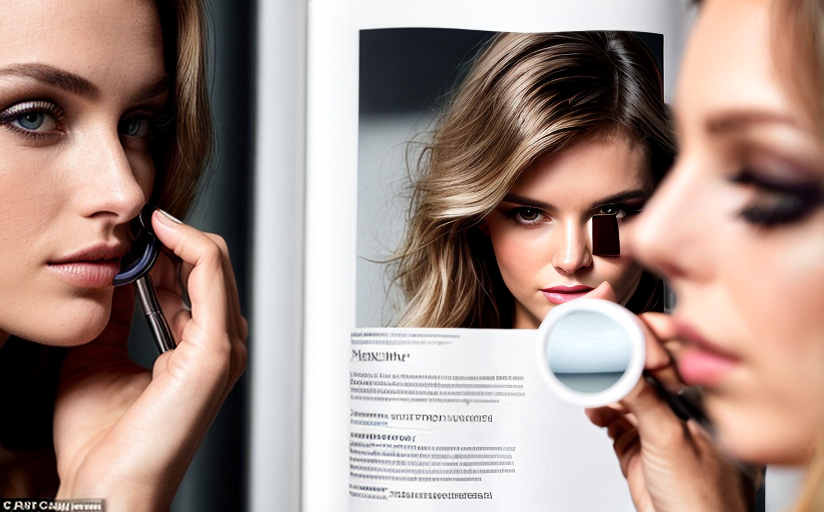Measured against Unreal: Impact of Unrealistic Beauty Standards on Individuals and Society
In contemporary society, unrealistic beauty standards predominantly accepted have profound effects on individuals and communities. They impact people physically, emotionally, psychologically, and socially. This article aims to delve into these impacts by examining the origins, effects, pressures, consequences, and the recent movements aimed at redefining traditional notions of beauty.
Origins of Unrealistic Beauty Standards
Beauty ideals have transformed dramatically over the years, influenced by historical, cultural, and societal trends. Edwardians once lauded the “Gibson Girl” as the epitome of beauty. Later, the slim, tanned flapper girl of the 1920s was revered. The mid-20th century brought voluminous curves into popularity, only to be replaced by an unattainable level of thinness in the 1960s, a trend that has continued to persist in various forms.
Impacts and Pressures
Unrealistic beauty standards in the media have pressured women and young girls into striving for an ideal image that, for most, is unattainable. This has led to severe psychological effects such as body image issues, dissatisfaction, and risk of mental disorders.
As per the research conducted by the National Eating Disorders Association, about 70% of women feel pressured to achieve a physically attractive body due to the influence of media images. Psychologist Dr. Phillippa Diedrichs, an expert in body image at the University of the West of England, validates this conclusion with her own research, revealing that negative body image can cause severe damages to mental health.
Consequences of Unrealistic Beauty Standards
The constant strive to achieve an unrealistic standard of beauty can lead to multiple issues, both psychological and physical, in women and girls. Body dissatisfaction can lead to low self-esteem, depression, and eating disorders. According to the American Psychological Association, almost 94% of women have experienced body shame.
Recent Movements: Redefining Beauty
Despite the ongoing prevalence of these standards, recent societal movements have endeavored to redefine beauty and promote healthier and more inclusive standards. Campaigns like 'Dove's Real Beauty' and Aerie’s '#AerieReal' challenge traditional beauty narratives and promote self-love, body positivity, and diversity.
These movements are critical steps in altering the perception of beauty, to a more inclusive, diverse one. They emphasize that beauty is individualistic and unique, not a standard to be matched.
The Road Ahead: Promoting Healthier Standards
As a society, it's our responsibility to promote healthier beauty standards that accept and appreciate diversity. Encouraging the media to portray a more realistic spectrum of beauty is a necessity. Schools and parents also play a crucial role in instilling body positive attitudes in children from a young age.
The unrealistic beauty standards accepted in contemporary society have lasting impacts. While they are deeply embedded in our culture, the shift towards embracing diversity is an encouraging development. It is through self-acceptance that we can attain true beauty. It's time we celebrate individuality and diversity, instead of upholding unrealistic and damaging standards of beauty.

















Comments
Leave a Comment